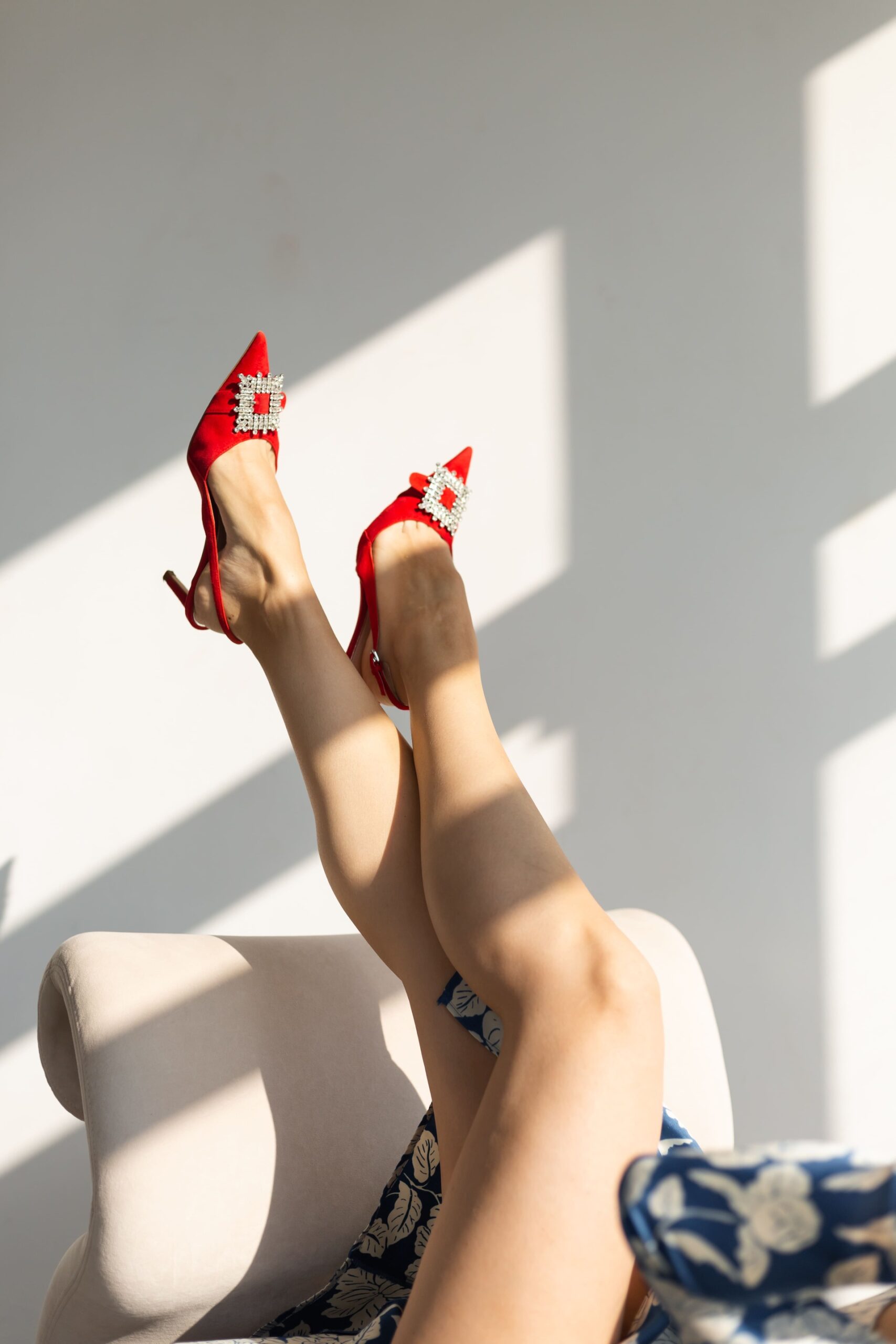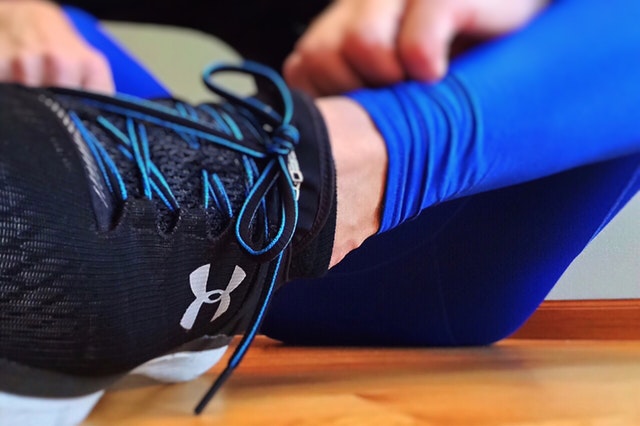Most people either have varicose veins or know someone who does. Over half of people over the age of 50 will experience them, and they are even more common in women. These veins, usually located in your legs, have turned dark blue or purple or appear to be twisted, bulging, and cord-like. They may be painful, and they may be unsightly. Most of the time, they are not dangerous. However, most people probably have no idea how they got there.
To start, you need to know that the veins in your legs serve an important purpose. They return the blood that flows through your body to your heart so that it can circulate back through your body again, keeping you alive and healthy. Unfortunately, the veins in your legs have an uphill battle. Not only is gravity working against them, but factors such as age, weight, and lifestyle can affect how well they work. This leads to pressure and damage to some of the valves in the veins.
So, why do some people have them and some do not? Take a look at the main causes of varicose veins:
1. Family History
Unfortunately, if your parents and grandparents had varicose veins, you are likely to have them, too, and there is not much you can do to stop them. Some research even suggests that you may be born with abnormalities or weakness in the valves or the vein walls.
2. Age
While anyone can develop varicose veins, they are more common in people over 50. As you age, your body experiences wear and tear, and that includes your veins. As they grow weaker, varicose veins are more likely to develop. Women going through menopause are also more likely to develop them.
3. Obesity.
If you are overweight or obese, your weight adds additional pressure, making it even harder for those veins to work properly.
4. Pregnancy
Pregnant women have a higher volume of blood in their bodies. At the same time, the circulation in your pelvis and legs decreases when you are pregnant. Throw in hormonal changes and pressure from your uterus, and you have the perfect recipe for varicose veins to develop. They are most common during the third trimester.
5. Sitting and Standing for Long Periods of Time
If you sit in an office for eight hours a day or spend long shifts standing at a cash register or on a sales floor, you are more likely to develop varicose veins. Take a break every hour if possible to get your blood pumping.
6. Medical Causes
There are also a number of medical causes for varicose veins. They include:
Trauma to the area where the veins are located
Surgery that temporarily stops blood flow
Diseases and conditions that cause chronic constipation
Urinary retention or enlarged prostate
Chronic coughing or any condition that causes you to strain
Hemorrhoids




